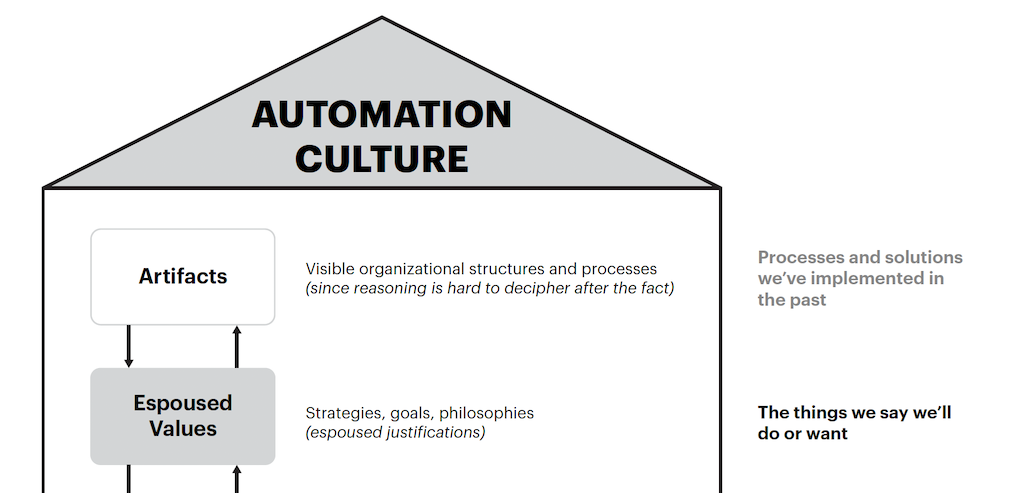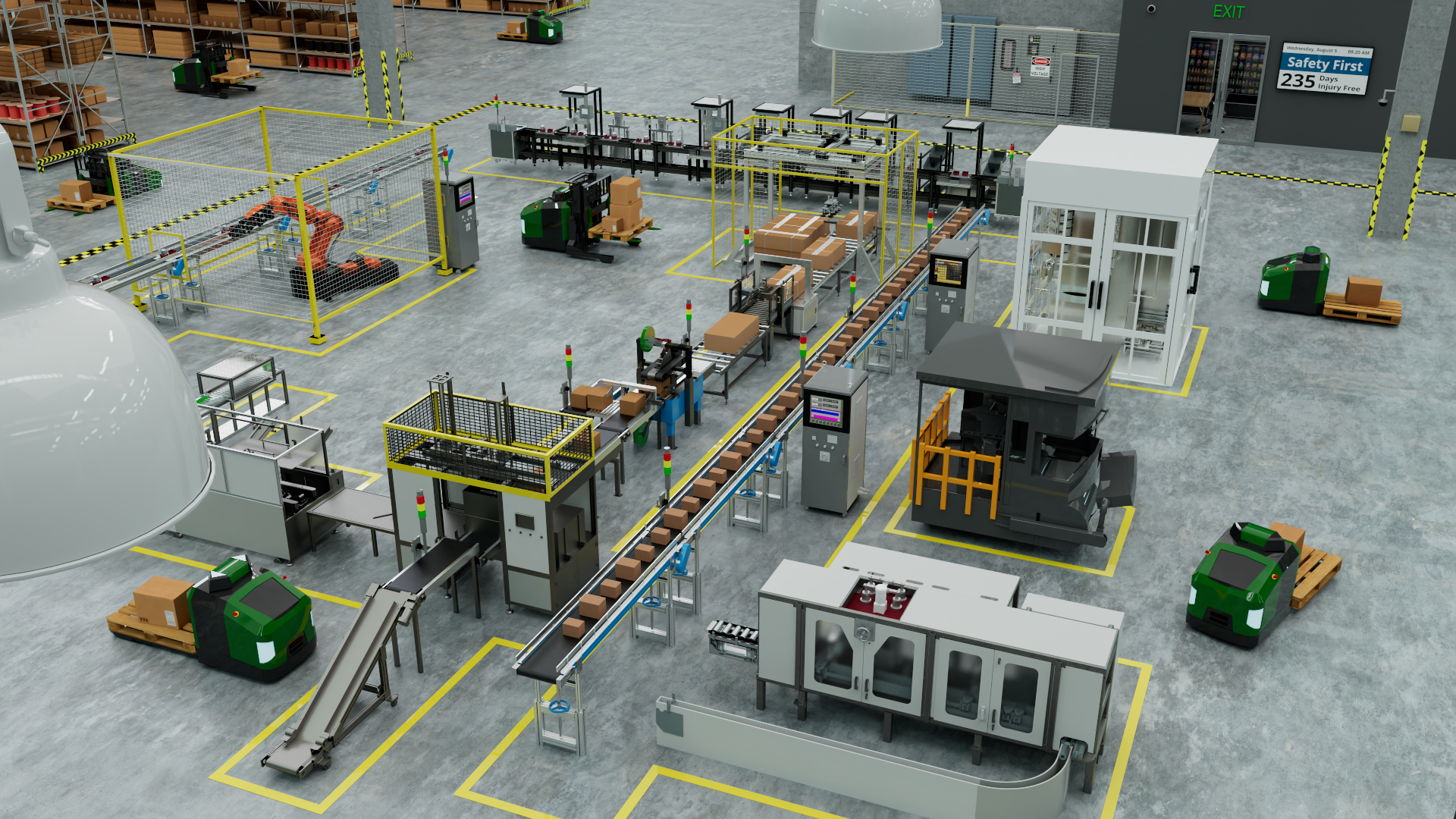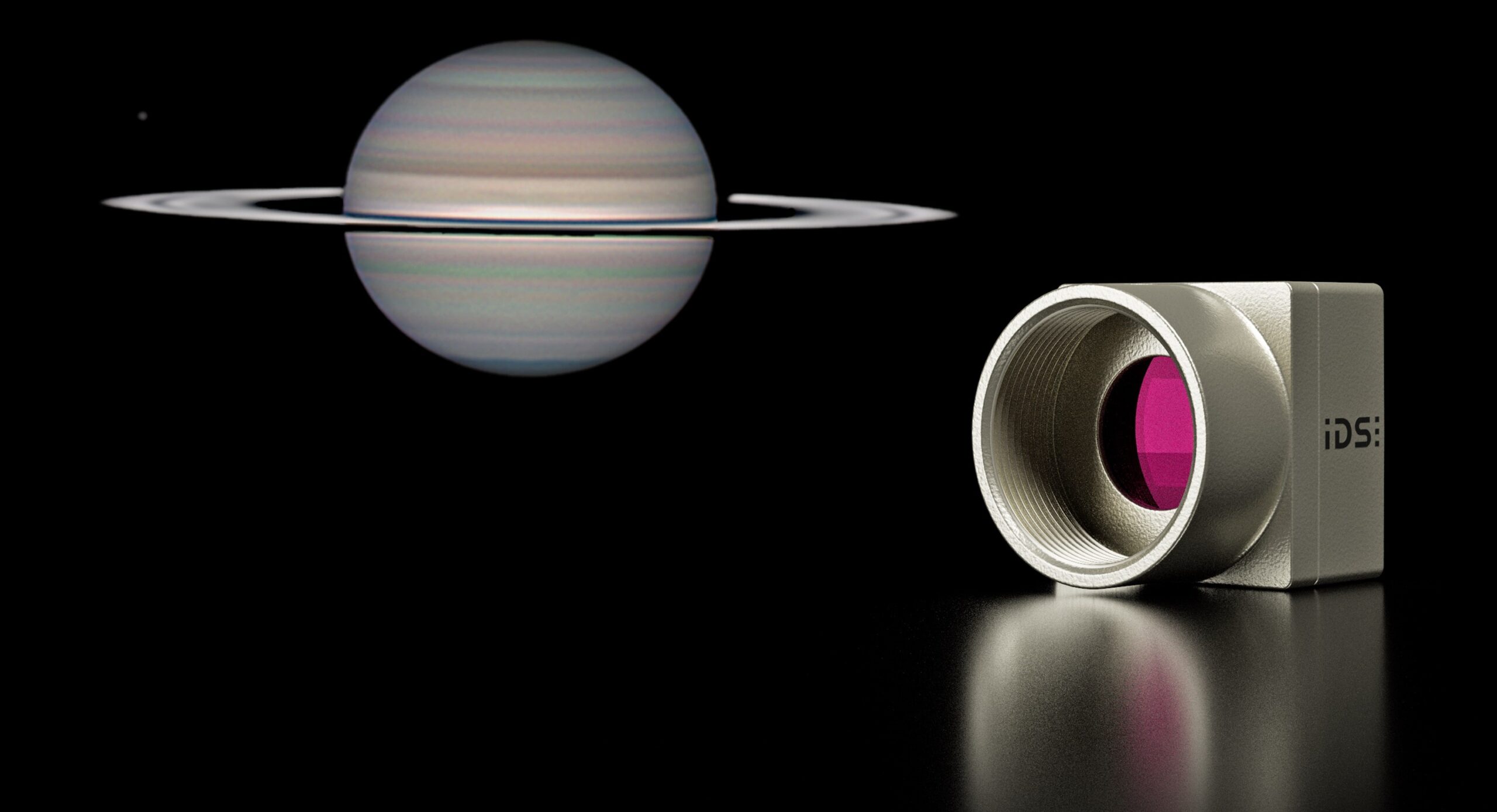Energy efficiency and optimization are key factors in maintaining a reliable compressed air system. However, anything from ambient humidity to a less-than-perfect setup can make a system work harder, driving up energy costs, limiting production quality, and potentially damaging equipment.

For Able Engineering & Component Services, maintaining an effective and efficient compressed air system is vital for the company’s operation. Compressed air plays a significant role at Able’s 194,000-sq-ft repair facility in Mesa, Ariz. At this site, Able repairs aircraft components, offers FAA-approved replacement parts, and performs major overhauls and various assembly repairs. The company recently began operations at its new helicopter completion center, and just launched a new bearing overhaul and repair facility.
From powering media and air blasting equipment, to paint sprayers and air-driven cutting tools in its repair facility, Able is heavily reliant on compressed air. Its system spans 122,000 sq ft within the facility, with more than 7,500 ft of piping in 25mm, 40mm, 63mm, and 76mm diameters. The system is made up of Parker Hannifin’s Transair aluminum compressed air piping, and is powered by an Atlas Copco GA90VSDff 125-PSI compressor, with a Sullair 75 hp 120-psi backup.
System reliability is a critical issue. “If the compressed air system goes down, even for a moment, the entire plant suffers,” said facilities engineering manager, Will C. Rogers. “On average, the cost of downtime is about $350 per machine for every hour of being down. That adds up to about $9,000 per hour if the entire shop is down. Those numbers don’t even consider the additional recovery costs if we get behind on production.”
Clean, dry air is imperative for such systems as equipment for painting and sand blasting or coordinate measuring equipment that reads in the millionths of an inch. As a result, maintaining the proper dew point is critical. In an effort to gain better control over utility costs and avoid unscheduled downtime, Rogers wanted to install a condition monitoring solution that would allow him to keep an eye on changes in the system’s dew point, pressures, flow, and other vital conditions. This would help his workers address any issues before they could impede production, he says.
Rogers contracted with Arizona Contract Services (ACS), a Mesa-based supplier and contractor for advanced air piping systems. Two years ago, ACS designed and installed Able’s Transair system. Based on that past work, ACS already knew Able’s production processes and understood the facility’s unique needs, says ACS general manager, Joe Miller.
“For manufacturers that need clean, dry air, humidity and dew point are a big deal,” Miller says. “Able has several priorities within the same facility. In some areas, dew point and humidity are critical. In other areas, maintaining stable flow and stable pressure are more important in order to maintain the effective operation of cooling systems.”
The right place for the right solution
While wired monitoring systems are proven to be effective and sturdy, they can be costly, Miller said. They are typically fixed once installed and aren’t easily modified should an operation expand or move. They require significant planning and design time for the needed infrastructure, especially in states with specific shielding and conduit requirements.
“In a place like Able, they’re always advancing their processes,” Miller said. “They are big on adhering to Lean manufacturing principles, so they’re constantly perfecting the location of their equipment to adjust for flow and energy efficiency.”
Sensor placement was an issue ACS had to consider during planning. Factors such as accessibility, noise, and ambient conditions could impact the precision of a sensor’s reading. After considering numerous solutions, ACS determined that a wireless system would best alleviate any placement concerns—in this case, a SCOUT wireless condition monitoring system from Parker-Hannifin.
The installation includes 19 sensors—seven for pressure, five for humidity, six for flow, and one for power. Total cost of materials, including the data collection server and accessories, came to $19,502. Installation time was no more than 30 minutes per unit, Miller said.
Despite working around existing equipment without disrupting production, the installation of the sensors “was extremely quick,” Miller says. With just two workers, ACS installed the sensors in 14 days while only working Saturday evenings and Sundays. Constant communication with Able in the planning stages kept the process smooth, he says.
“We did a lot of research and talked to the customer to place the sensors just right,” Miller says. “There were concerns with noise from heavier pieces of equipment, like huge gantry cranes, lifts, and chemical vacuum systems, but once we placed the sensors in a general area, it was simply a matter of fine-tuning them.”
Internet connectivity proved to be an obstacle. Eight-inch-thick concrete walls, distance to the server room, and the high volume of intranet traffic hindered reception in certain sections and made router communication somewhat unreliable. However, installing CAT5e cabling directly into the router eliminated almost all communication interruptions.
Wireless advantages
A wired system would have required an additional cost of up to $15,000 in conduit, wire, and labor, and the “ROI would have been too long-term for me to justify spending the money to get the needed infrastructure in place,” said Rogers. While ACS did most of the install, Able employees made most of the necessary modifications, and Rogers says about 75% of his workers quickly learned how to work with the sensors.
“Facilities like ours have to be extremely nimble, always taking things apart and putting them back together,” Rogers says. “Wireless sensors give us a distinct advantage, in that you don’t have to worry about running new wire. Just move a sensor where it needs to be, turn it on, and it’s ready to go.”
Able is currently designing a 60,000-sq-ft expansion and will extend its compressed air piping system into the new building. The wireless sensors system allows for greater flexibility and will help manage labor and material cost savings, he said.
“There are a lot of wired systems out there that I can put in, but the cost of the conduit and getting wire to all of the sensors is an expense that would have to be dealt with regularly,” Rogers said. “When you add to it that the Transair product is easy to cut into to add a line, the whole process is very cost-friendly.”
“Because I can determine the exact flow of equipment in certain areas, it helps me figure out what it costs to run a piece of equipment,” Rogers said. “Being able to quantify the expense of utilities allows me to make more accurate price adjustments for what we produce or determine when it’s cost-effective to purchase new equipment.”
Kyri McDonough is Transair marketing services manager for Parker Hannifin’s Fluid System Connectors Division.



